Escape into nature these summer holidays by visiting some of our amazing New Zealand ecosanctuaries.
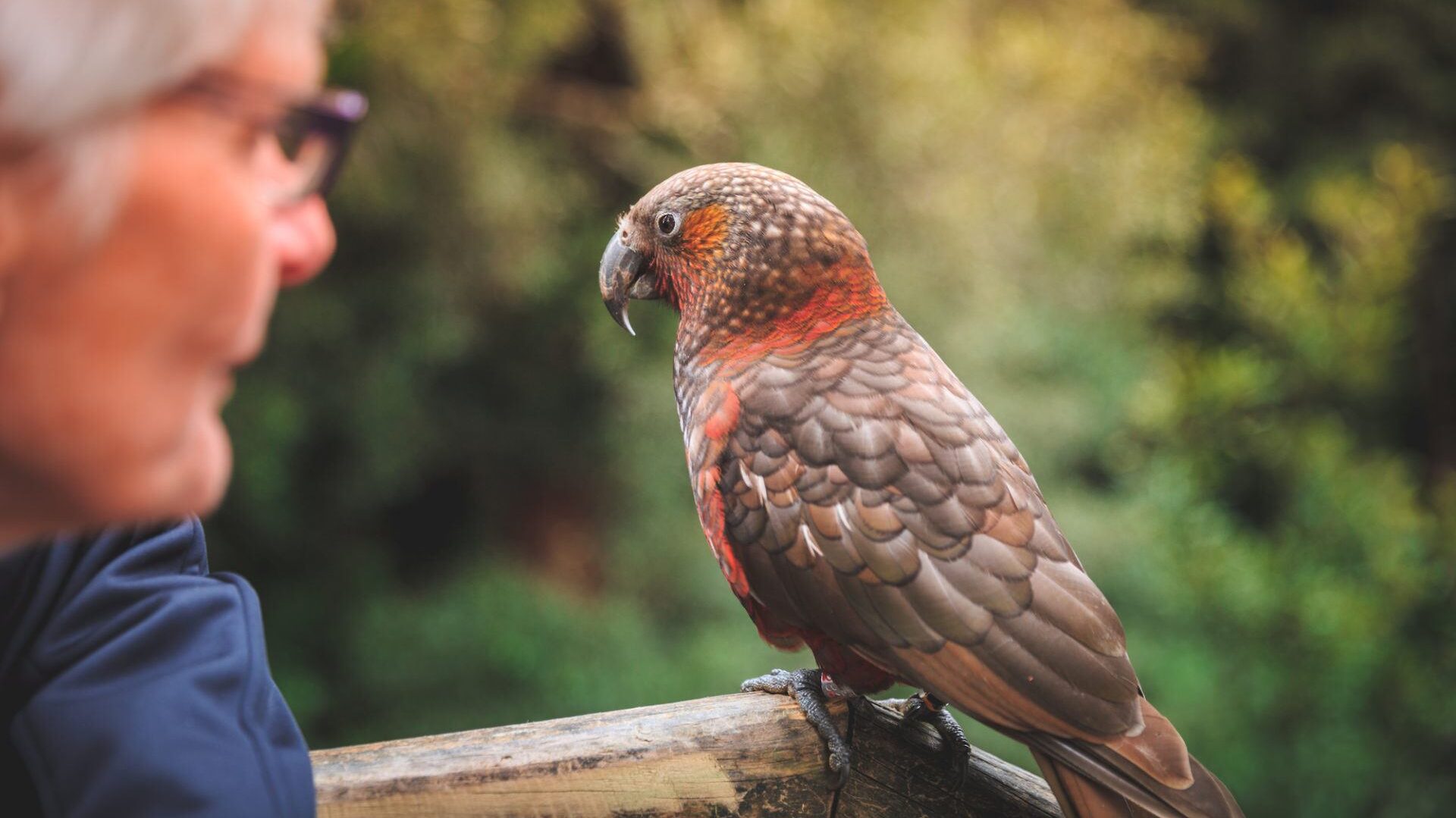
Some incredible New Zealand ecosanctuaries are worth exploring while you’re out and about in your backyard this summer. From lush ancient forests in the far north to rugged and windswept coastal ecosystems in the far south, there is something just so special about checking out pockets of the New Zealand wilderness brought back to life.
Much of our land has been damaged by humans and predators, where ecosanctuaries work to restore our native plants and creatures. Most of them are encircled by predator-proof fencing, giving our birds and animals a chance to replenish their populations again.
Here are eight of my favourite New Zealand ecosanctuaries you should check out this summer!
1. Puketi Forest, Northland
There are many ways to enjoy what Puketi Forest has to offer. Northland is one of the most incredible corners of New Zealand.
Whether you have half an hour to spare or you want to immerse yourself for a day or two, Puketi Forest has a track for you. Ancient kauri are just a part of this incredibly diverse forest home to over 300 native plant species. Birdsong from the friendly fantail, pied tit, fernbird, and kukupa (kererū) carry through the trees.
If you’re lucky, you might spot some of the rarer birds like kōkako and toutouwai (North Island robin) that have been reintroduced back into the forest after being decimated by predators. Puketi Forest comes alive at night time. There are 12 nocturnal animals and a fungus that you might spot on a night-time stroll through the forest. Watch your step for kauri snails and listen for the North Island brown kiwi. Other nocturnal animals include puriri moth, long-tailed bat, glow worms, and many more!
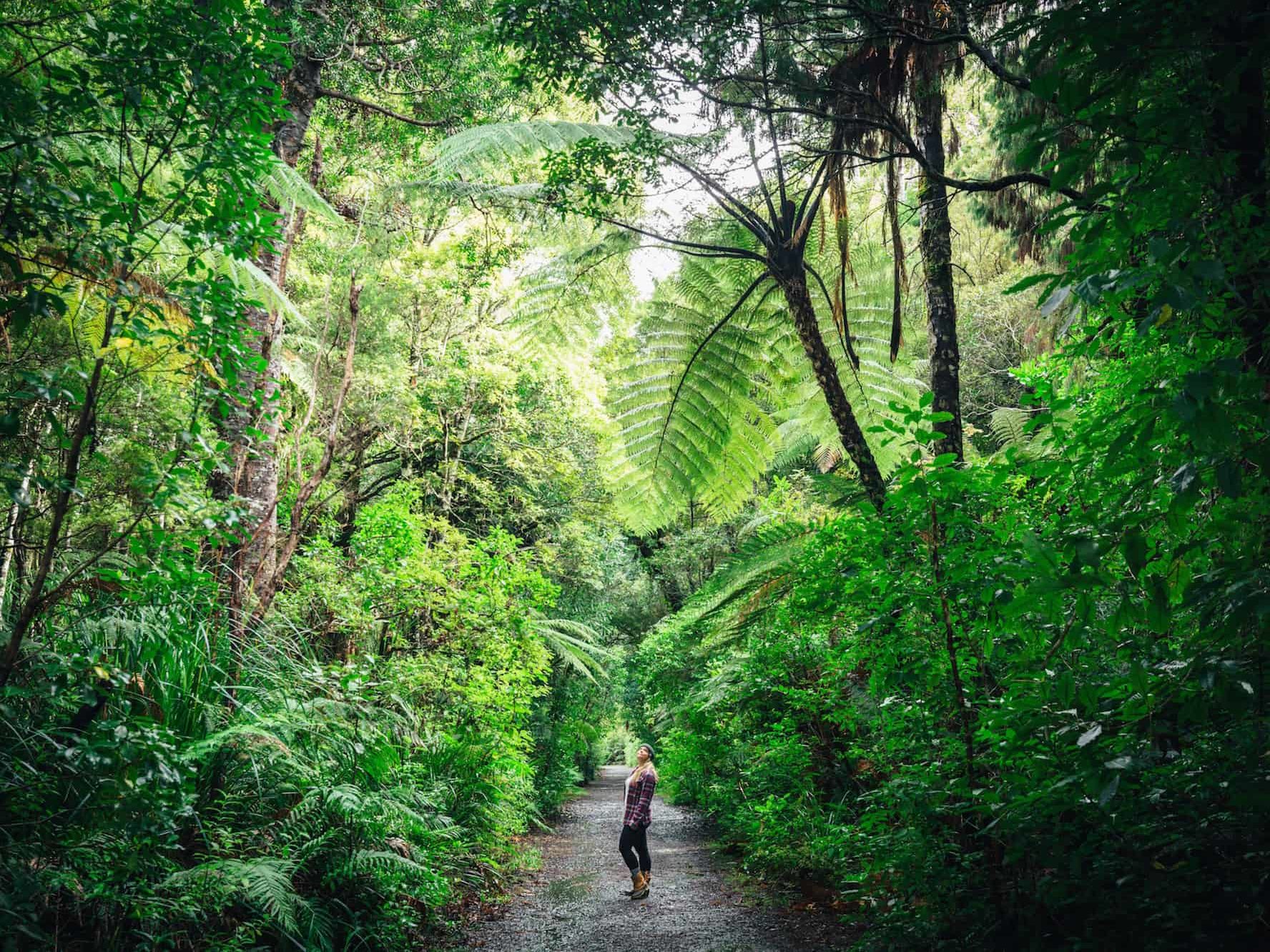
2. Sanctuary Mountain, Waikato
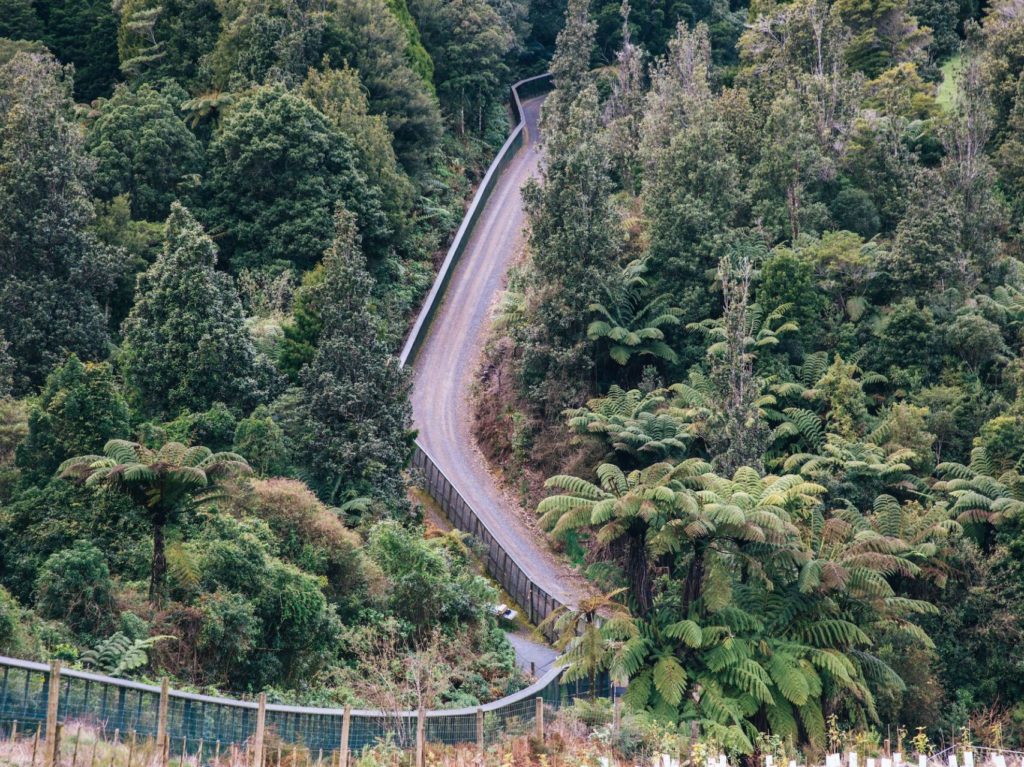
Sanctuary Mountain is one of the largest pest-proof fenced projects not only in Aotearoa – but on Earth! This Waikato ecosanctuary has extensive walking trails from 30-minute family-friendly strolls to mountain treks that will take you most of the day. You don’t need to go far before you start to see and hear the native wildlife. Kākā, korimako, and hihi visit the nectar feeders along the walking tracks, and a friendly pītoitoi might even come along and say hello!
The Canopy Tower is another bonus that takes visitors 16 meters up into the treetops for a spectacular birds-eye view of the forest below, one of the amazing features of these New Zealand ecosanctuaries.
If you’re looking to really stretch your legs and get some exercise – look no further. The ‘Over the Mountain’ track is a 6-hour trek recommended for experienced trampers.
3. Moutohorā Island, Bay of Plenty
Moutohorā Island is one of Aotearoa’s best-kept secrets. A sustained effort has gone into making this island a pest-free oasis, and as a result, the wildlife is thriving. From Whakatane, it’s a 15-minute boat ride on a catamaran to the island. Once you arrive, the fun begins!
Take a 4-hour guided tour of one of New Zealand’s most protected wildlife sanctuaries to get the full experience and learn about everything happening here.
Visit a kekeno (New Zealand fur seal) colony. See rare native birds like the tūturiwhatu (New Zealand dotterel), tīeke (North Island saddleback) and kākāriki (red-crowned parakeet). Swim at Onepū (Sulphur Bay), where you can dig your own hot spring pool.
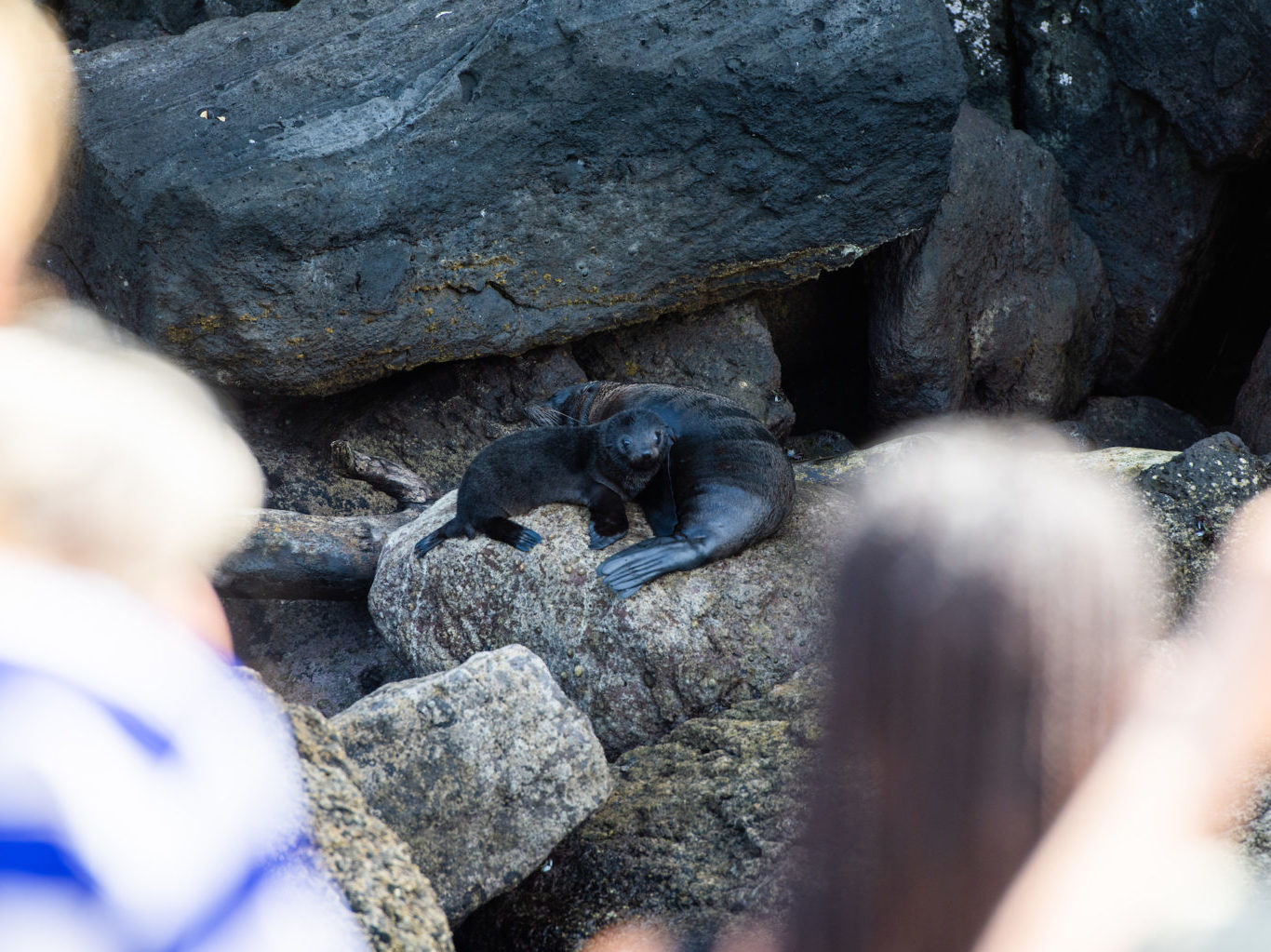
4. Pukaha National Wildlife Centre, Mount Bruce Wairarapa
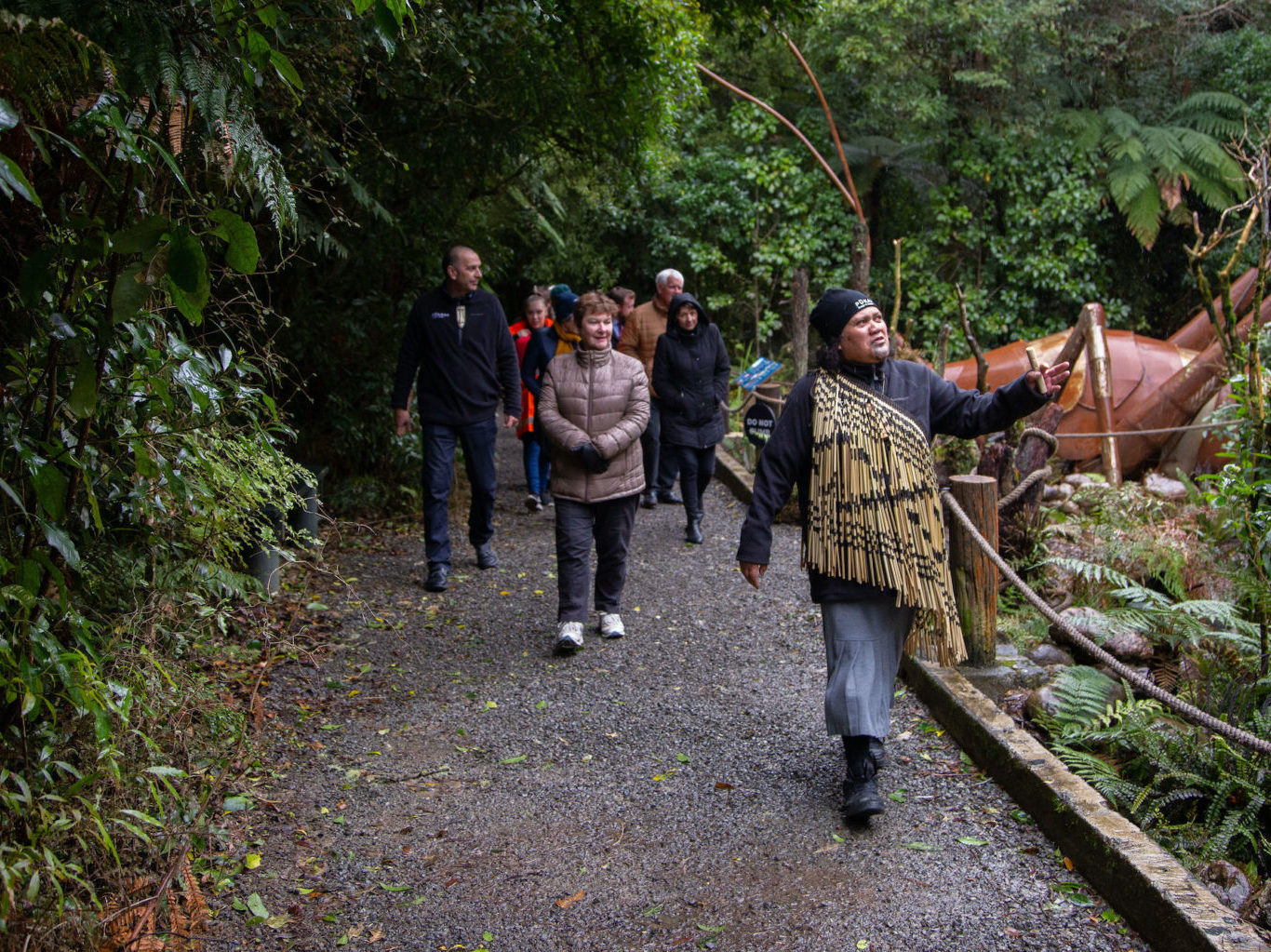
Located in a pocket of ancient forest an hours drive south of Palmerston North, Pukaha Wildlife Centre is an unfenced sanctuary for native wildlife. The forest is home to kokako, kākā, and korimako.
Since its conception, Pukaha has been involved in breeding programs for our endangered birds like tūturuatu (shore plover) and whio (blue duck). Hundreds of rare birds have been successfully raised and released across Aotearoa.
At 3 pm, the kākā swoop from the forest for their daily feed, and there is even an audiovisual presentation that tells you more about Pukaha.
5. Zealandia, Wellington
Zealandia is an urban oasis perched on the edge of Wellington Central. It’s our capital’s treasure, home to so many rare native plants and animals. In fact, Zealandia is where I first fell in love with the native New Zealand bird story.
As you walk through Zealandia, the sky is alive with birds! Spot Aotearoa’s oldest ‘living fossil’, the tuatara, sunbathing only meters away from the track. Visit Nio and Orbell, the pair of takahē that spend most of their time in the wetlands and are regularly visible.
Zealandia offers guided tours, but not only during the day. Guided tours are also available at twilight as dusk falls on the sanctuary and at night with torches in hand with the chance to see kiwi. How cool is that?
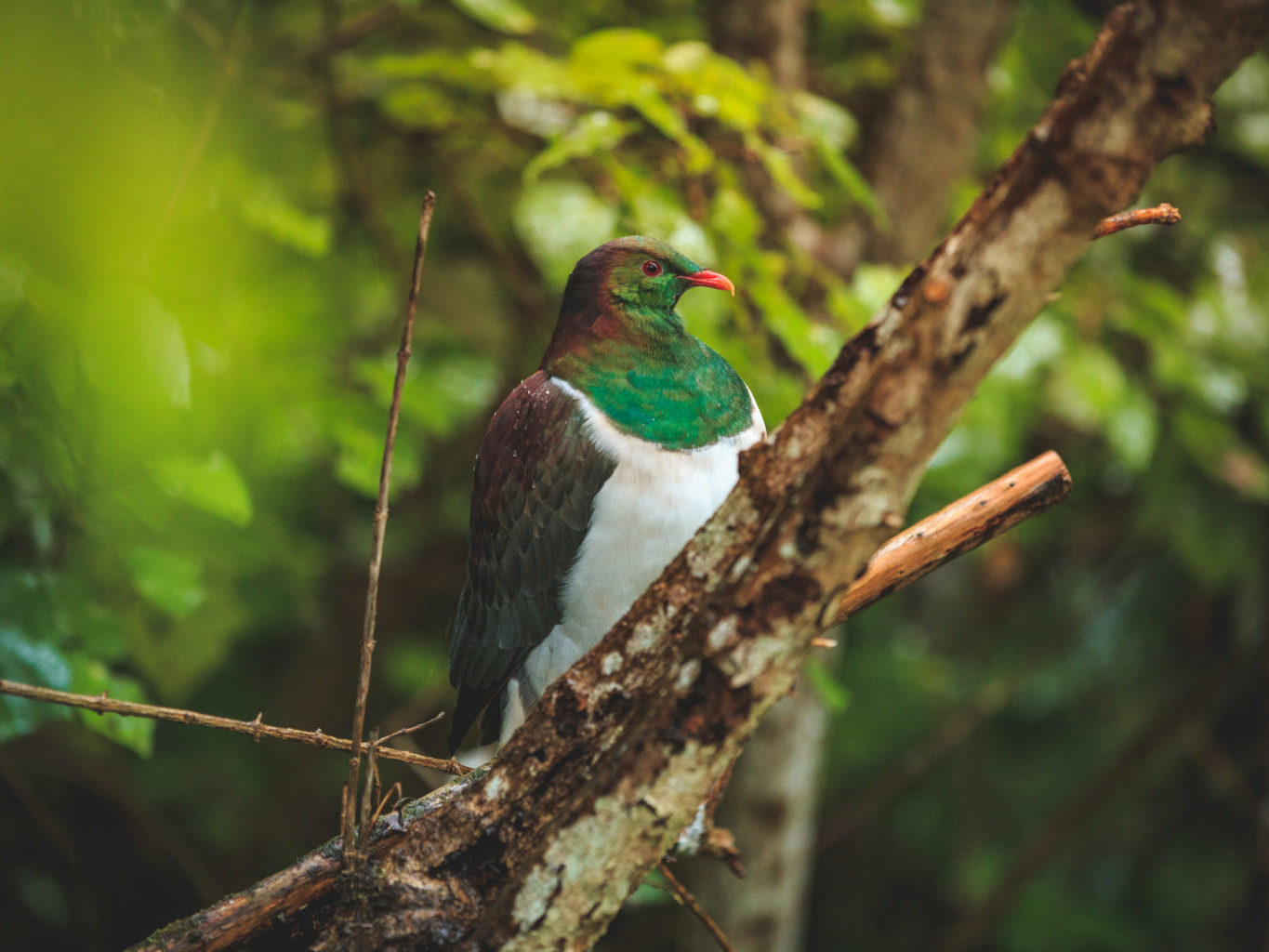
6. The Brook Waimārama Sanctuary, Nelson
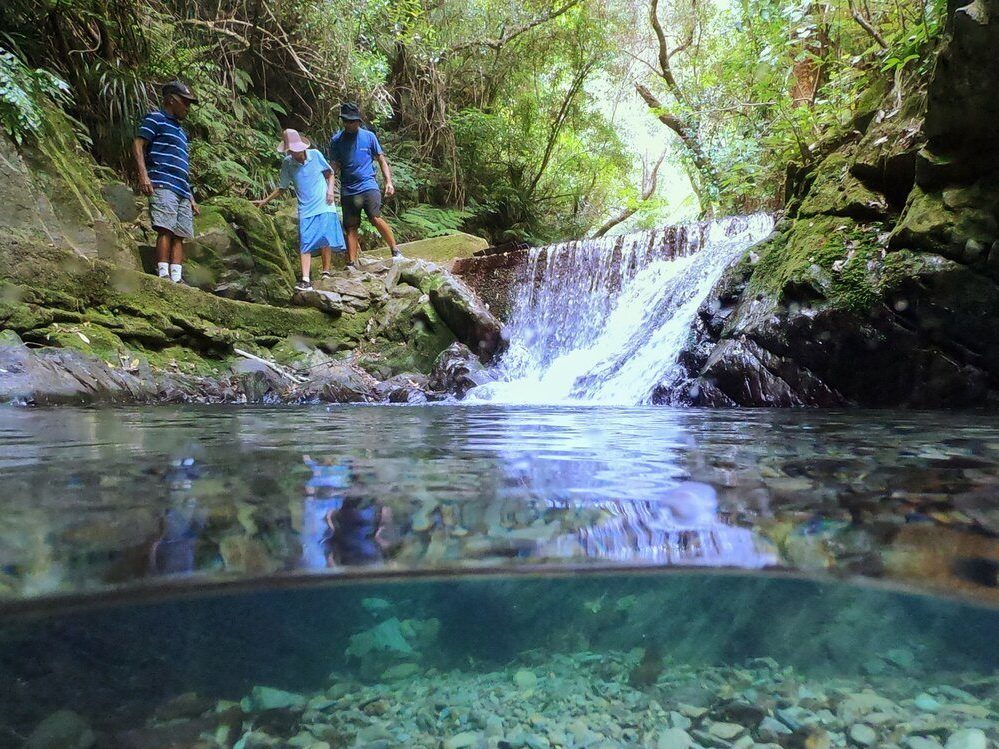
You might feel like a world away, but the Brook Waimārama Sanctuary hidden refuge is just 5km from Nelson city. Leave only your stresses and your footsteps behind as you explore this serene escape. The beautiful Brook Stream flows through the sanctuary. The walking tracks often follow close to the stream’s edge, even crossing over at points. Along the main loop track, a structure that was once a dam now creates a picturesque waterfall.
The stream is full of life, a testament to the water quality. Above water, birds bathe and drink, and below, our native kōura (crayfish) have made a home. If it’s a hot day, kids cool off in the shallow of the stream, splashing around.
Before you head out to spot some feathery friends, refresh your memory by listening to the bird song recordings available in the visitor’s centre. This sanctuary is home to some of our smaller native birds, so keep a keen eye and ear out for ngirungiru (tomtit), tauhou (waxeye), and the riroriro (grey warbler).
7. Orokonui Ecosanctuary, Dunedin
Walking through Orokonui Ecosanctuary just outside of Dunedin, you are taken back in time. The team at Orokonui Ecosanctuary strives toward restoring this special place to what it was before people and predators arrived.
Keep an eye out for our smaller non-bird natives bathing in the sun! Otago skinks and tuatara roam freely in the Orokonui Ecosanctuary. A skink enclosure in the sanctuary allows visitors to see species that are rarely seen in the wild. Skinks are masters of camouflage, so get your glasses on, focus your eyes hard, and you might spot one.
Don’t miss 11 am takahe feeding time at Orokonui Ecosanctuary! Watching them eat their lunch is a great way to experience a bird once so rare it was believed to be extinct.
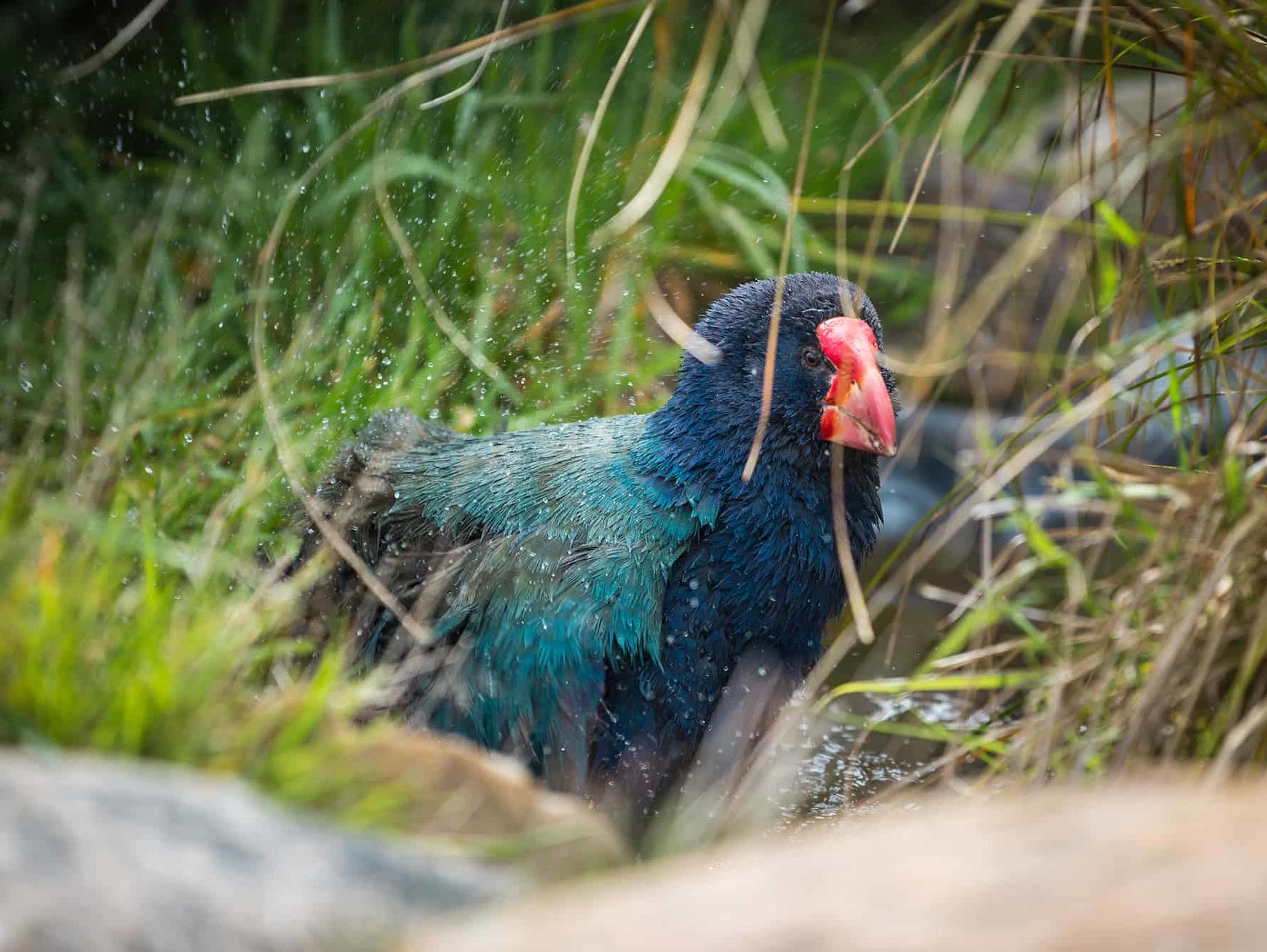
8. Ulva Island, Rakiura (Stewart Island)
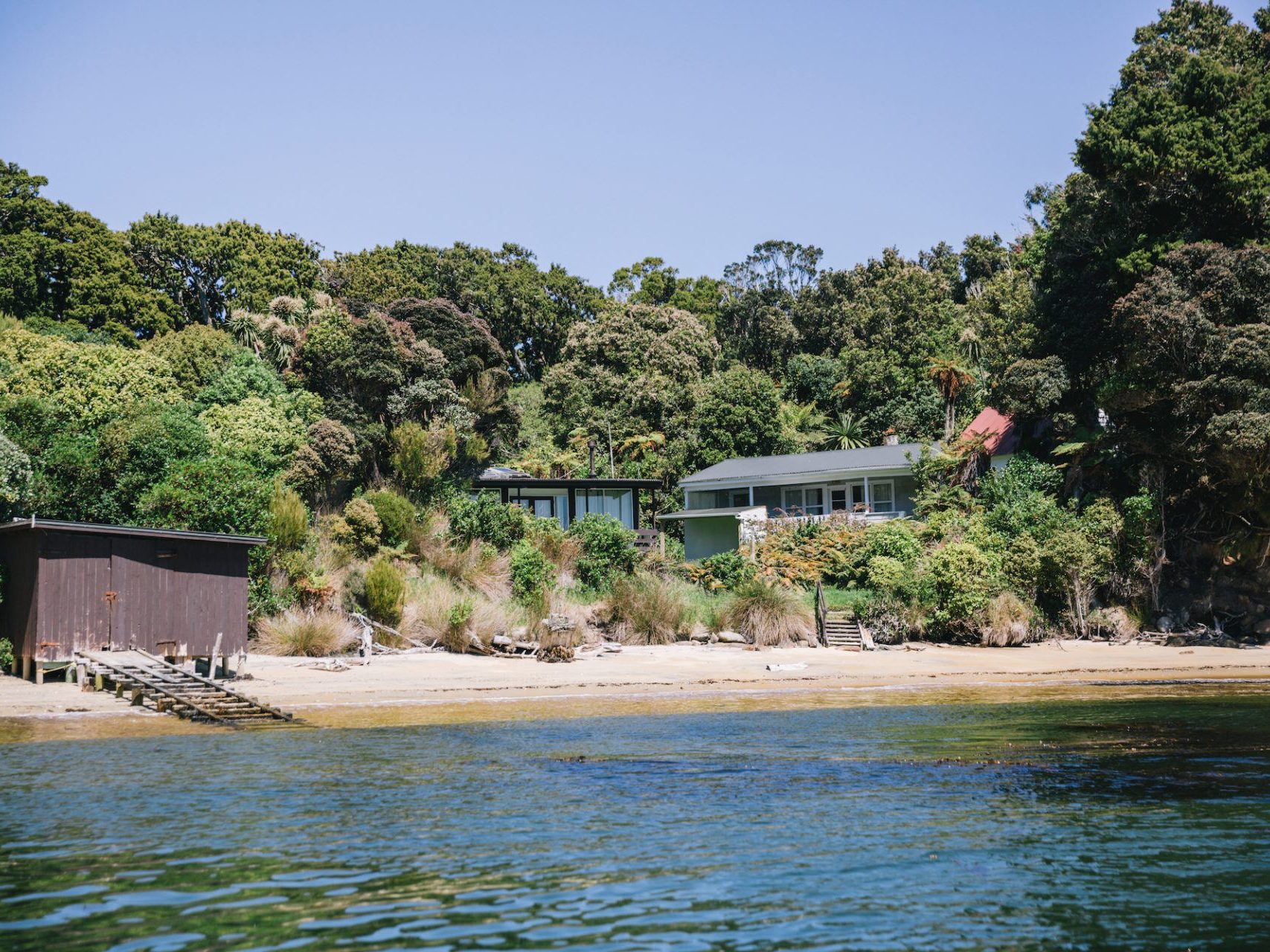
Ulva Island is a precious pocket of primaeval rainforest that is a sight to behold. Ancient rimu and totara trees are brimming with life.
Visiting Ulva Island with Real Journeys a few summers ago was one of my favourite adventures to date.
Not only is the forest bustling with wildlife, so is the ocean. Ulva island is surrounded by a marine reserve, meaning you can observe sea and forest birds all in one beautiful location.
Weka, tieke, kiwi, kākā, parekareka (spotted shag), korora (blue penguin), toutouwai (Stewart Island robin) and kākāriki (New Zealand parakeet) live on the island. To get the most of your trip, walk slowly. It’s not a race.
Taking your time allows you to see all the island has to offer. Embrace the tranquillity, and the birds will come, especially the robin. They’re so cheeky!

